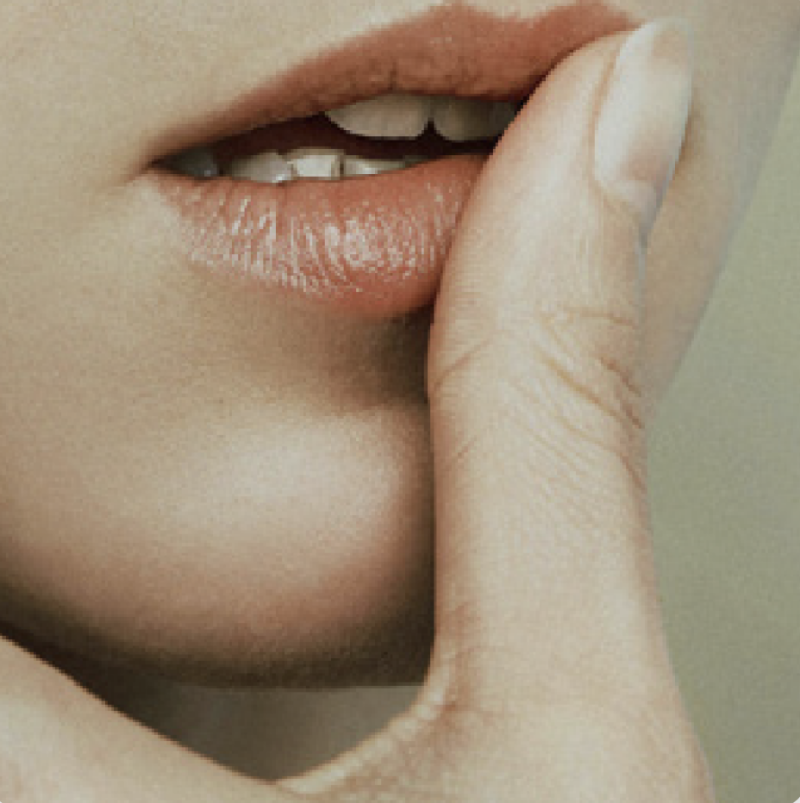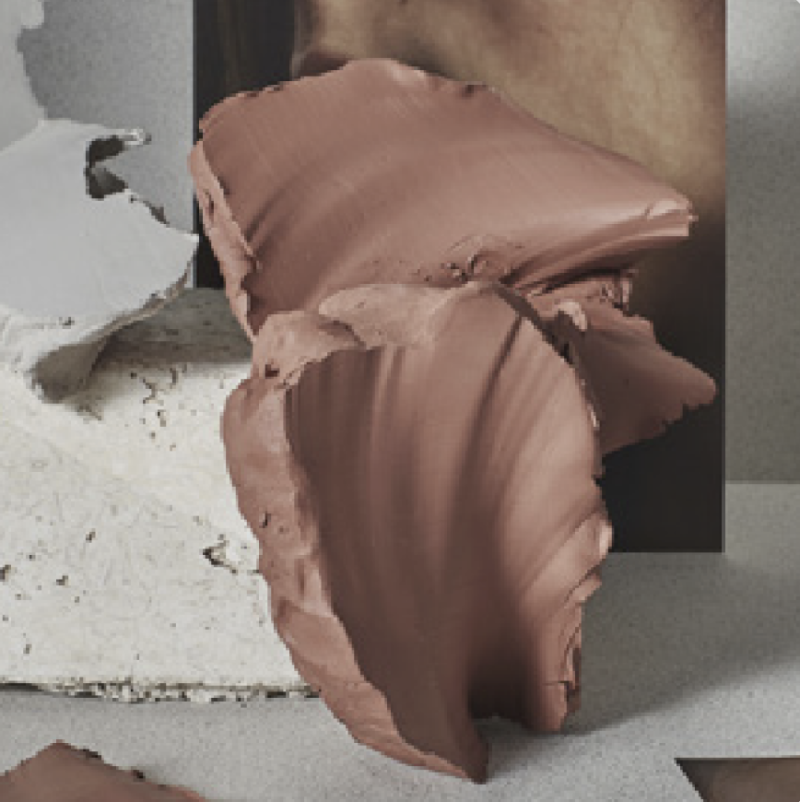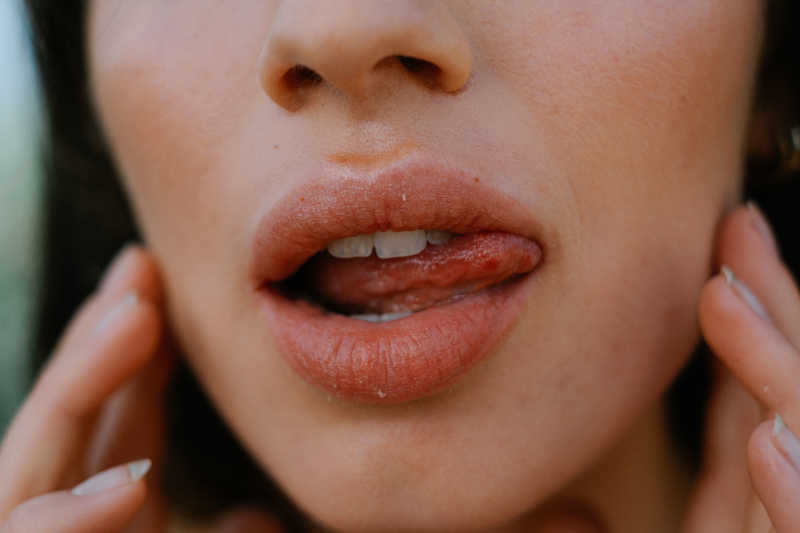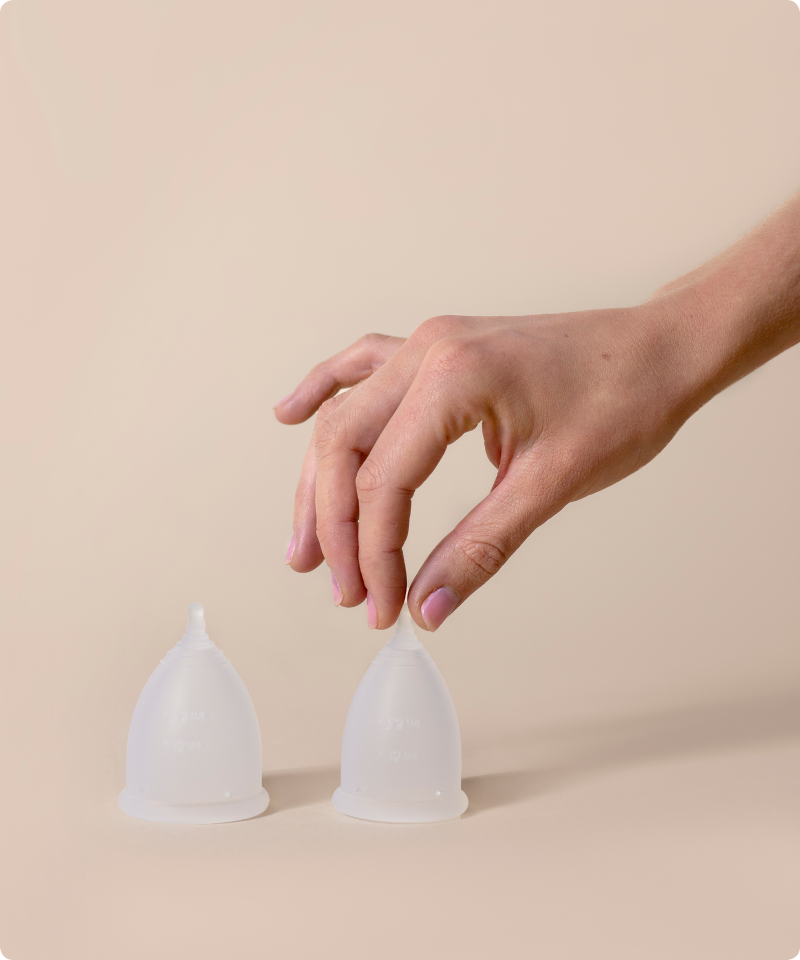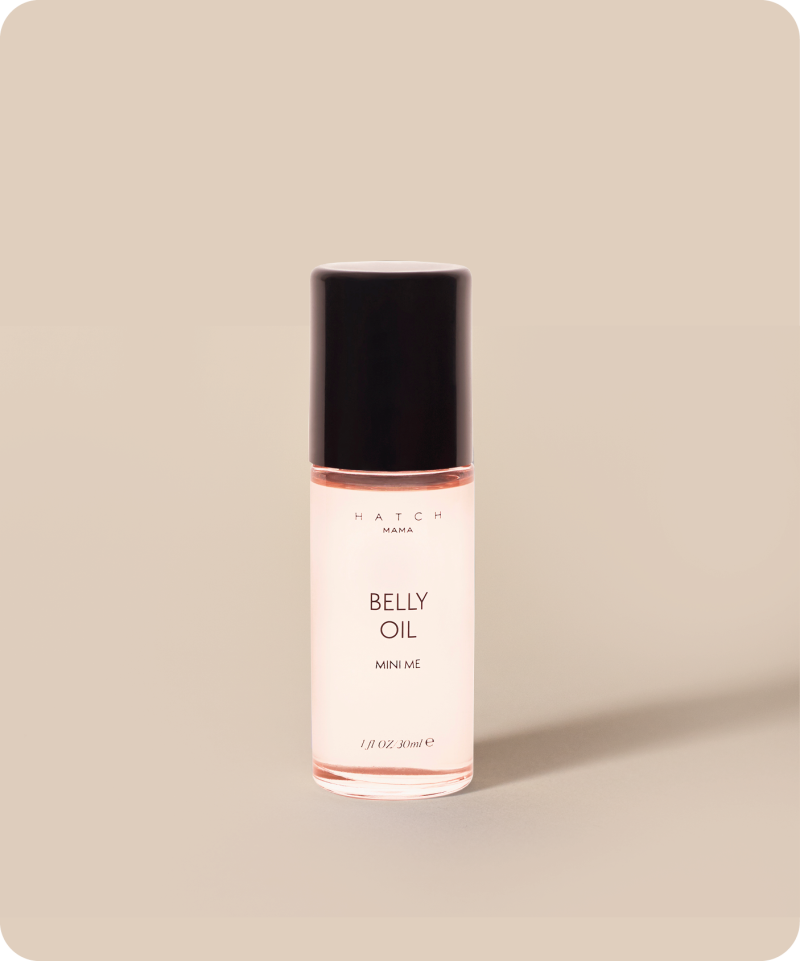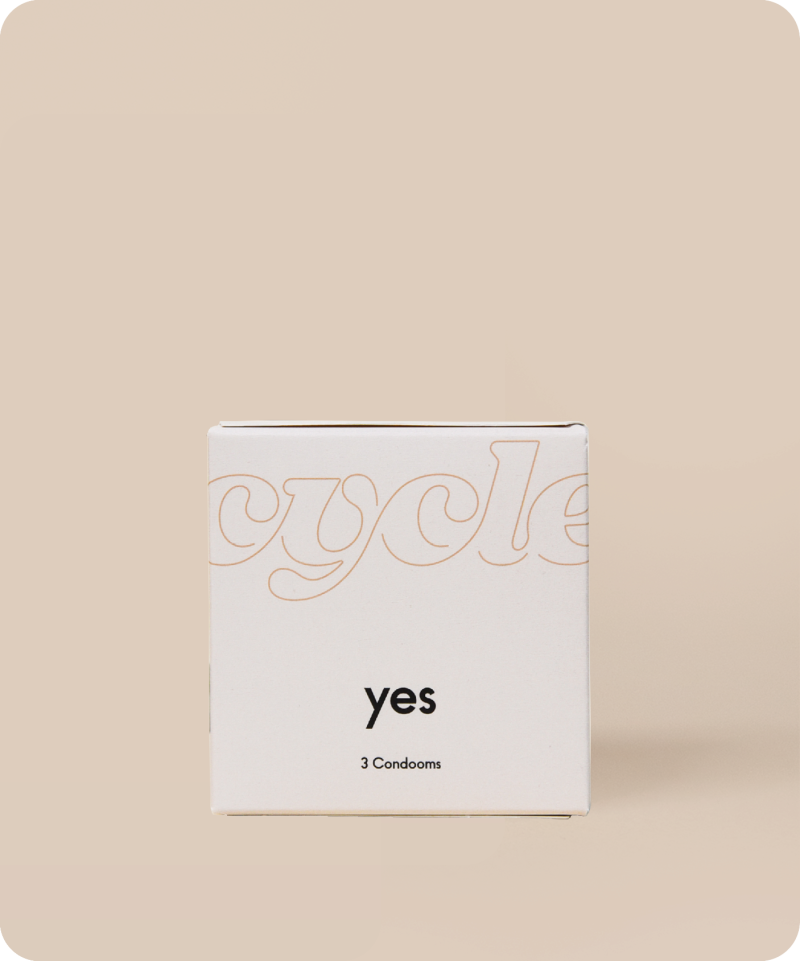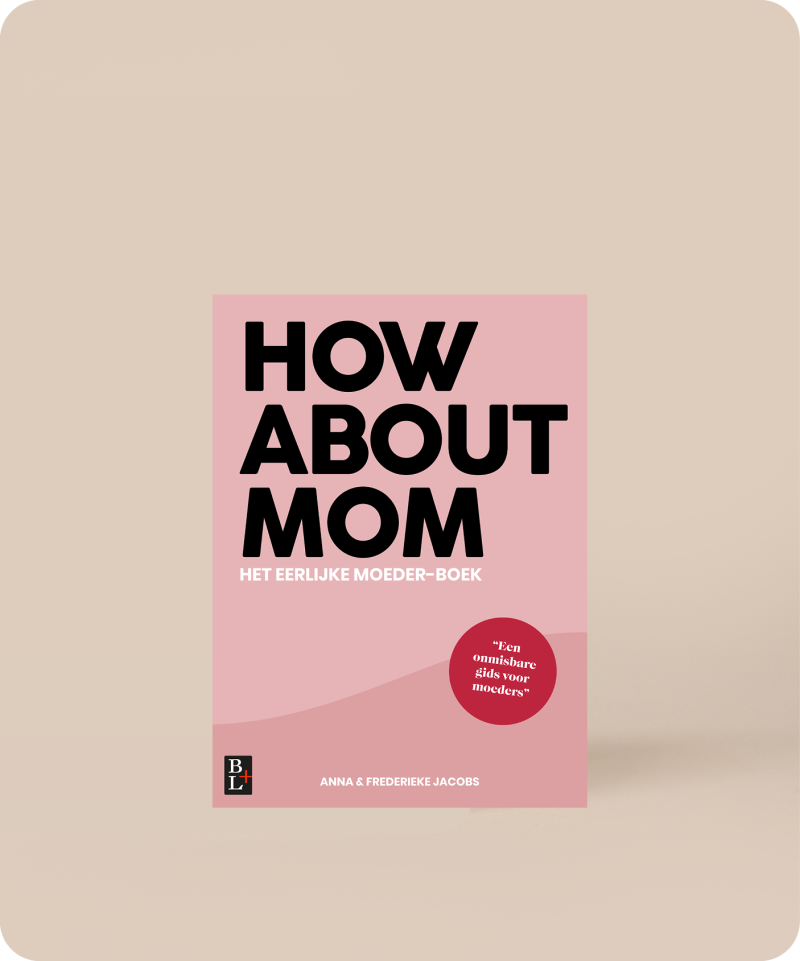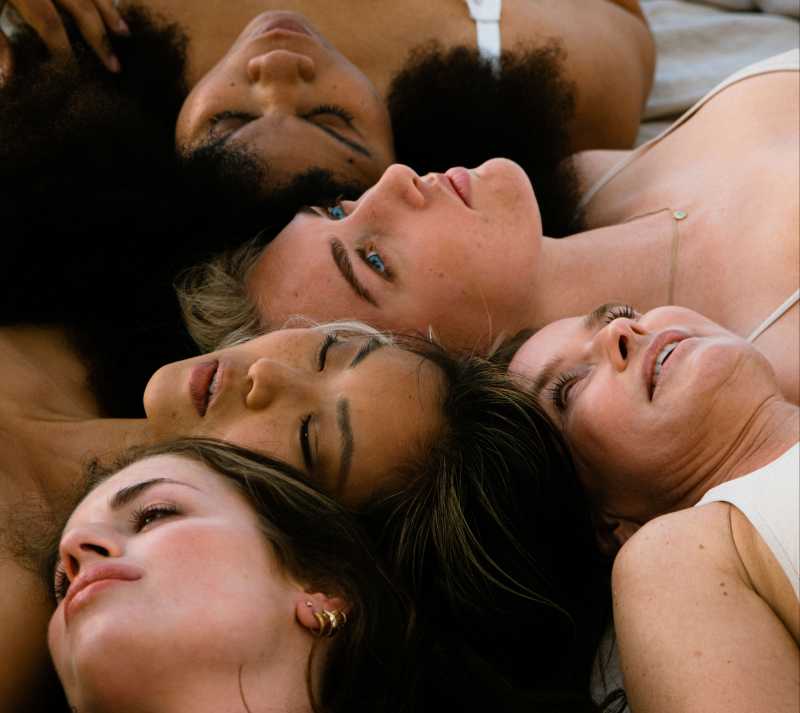Excessive hair growth (Hirsutism)
Women generally have just as much hair on their body as men. The difference lies in the fact that men's hair becomes thinner, darker, longer and more rigid during puberty due to the influence of the male hormone testosterone. Women can also have dark and rigid hairs on their top lip, chin, neck, chest, stomach, back, around the nipple, and on the inside and backside of their thighs. This is because women produce testosterone (male hormone) just like men do. This hormone is not only produced in the ovaries but also in the adrenal glands and then it is released into the bloodstream. If the percentage of testosterone in the bloodstream is too high, women may experience excessive hair growth, acne and/or menstrual disorders. When women have excessive hair growth in places where only men usually have hair, we speak of hirsutism.
A minor form of hirsutism is normal
According to research done by Jezebel, we try to do everything we can to be as smooth as possible. The female platform states that we spend 12 euros per month on average on hair removal sessions. That is 145 euros per year. Still, approximately 5% to 10% of women of childbearing age suffer from this condition. In fact, for women past the menopause, a mild form of hirsutism is normal. The vast majority experience a slight increase in facial hair due to the decrease of estrogen. This decrease of estrogen causes a change in the ratio of estrogen and testosterone. As a result, testosterone gets proportionately more of a say at this stage of life.
PCOS
Hirsutism can also point to polycystic ovary syndrome, in short PCOS. In the case of PCOS, increased testosterone levels affect the egg growth and multiple cysts can be seen in the ovaries. When there is excessive hair growth combined with an irregular cycle, it may also be the case that it is more difficult to conceive spontaneously. It is often written that PCOS occurs - in most cases - in obese or diabetic women. However, this is not always the case; slim women can also have or get PCOS. When the hair growth only takes place on the arms and legs, it is not hirsutism but hypertrichosis. This type of excessive hair growth occurs in both men and women and is usually hereditary. However, it can also be caused by drugs such as ciclosporin, phenytoin and minoxidil and, to a lesser extent, (topical) corticosteroids. After stopping the drug, the hypertrichosis disappears after a few months. Hypertrichosis is not caused by an excess of androgens (male hormones), but it can be aggravated by them.
PCOS and getting pregnant. What can you do?
Read moreBirth control and excessive hair growth
Birth control can also cause excessive hair growth. Take, for example, the hormonal IUD that delivers the synthetic hormone levonorgestrel locally in the uterus. The concentration of levonorgestrel is high in androgen which some women easily convert to testosterone. Androgen is a "basic" hormone which can be converted to both estrogen and testosterone. The male hormone testosterone stimulates hair growth and can thus cause excessive hair growth. For example, hair growth can occur at the belly button and the (back of the) legs. These women also tend to be more sensitive to the hormone insulin. Insulin, in turn, also causes increased conversion to testosterone.
So, how do you get rid of the unwanted hair?
Excessive hair doesn’t disappear on its own. However, during pregnancy - when you are under the influence of a larger amount of the female hormone progesterone - you may have less trouble with excessive hair.
Do you find the excessive hair annoying? Then shaving, waxing, tweezing or chemical removal - through hair removal cream - is the easiest way to get rid of your excess hair. The downside to this is that the hair will grow back within a few days/weeks.
Laser hair removal can be expensive
If you want to get rid of the excess (dark) hair forever, you can have it removed via IPL or electrolysis. The downside is that laser hair removal only works on hairs with pigment, it takes a lot of time, and can be really expensive.
You can also control excess hair by systematic treatment with medication. Consult with your GP to see if this is an option for you.
If you think that your excessive hair growth has something to do with hormonal disorders such as acne or irregular menstruation, it is wise to see a (hormone) doctor for further research.
